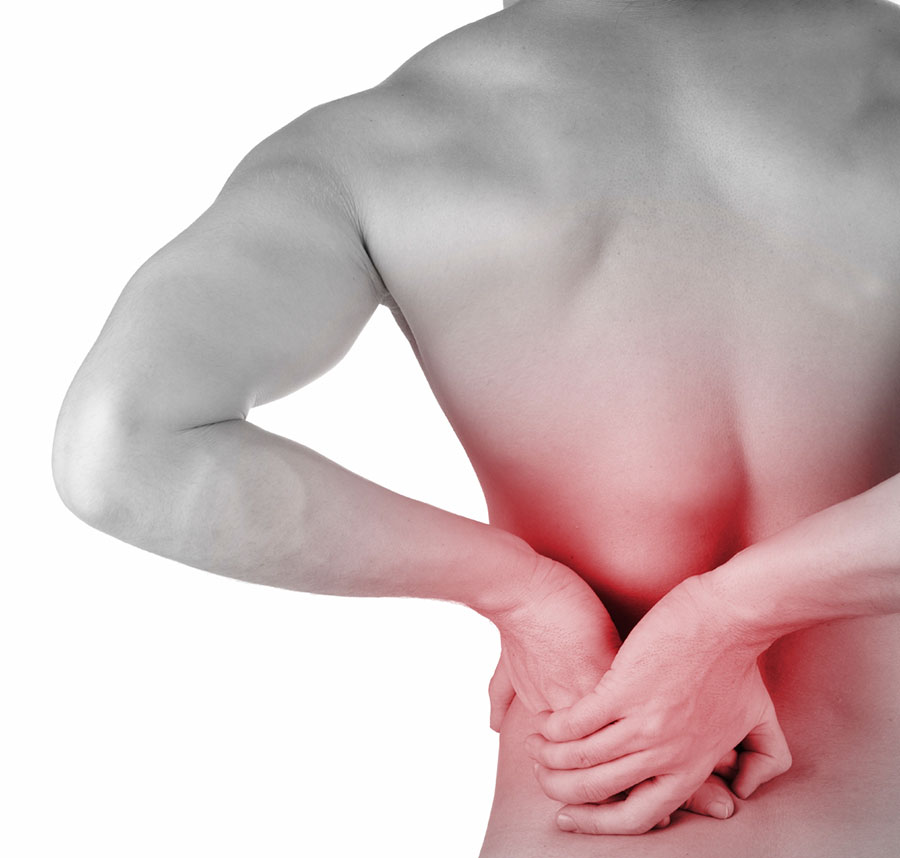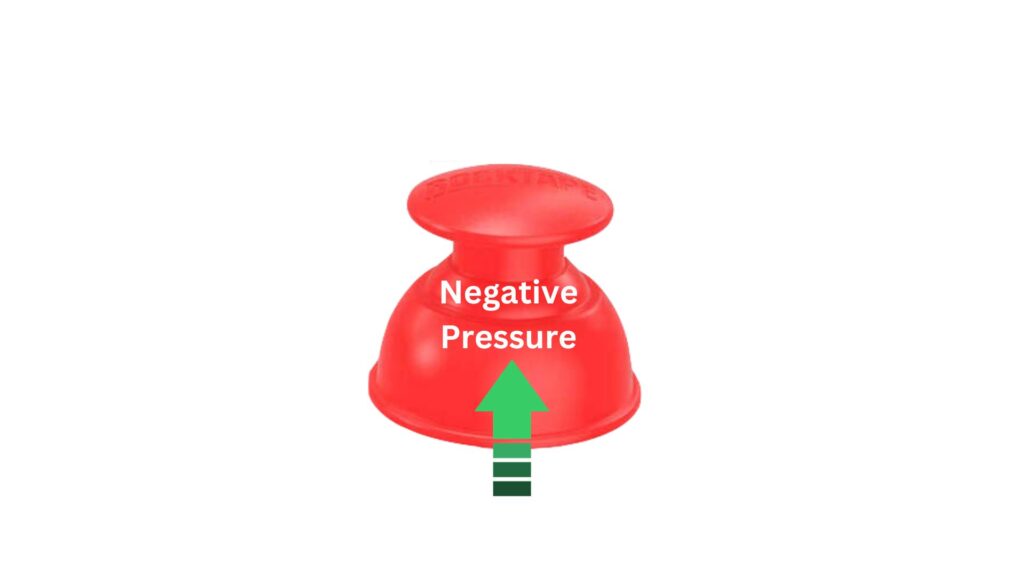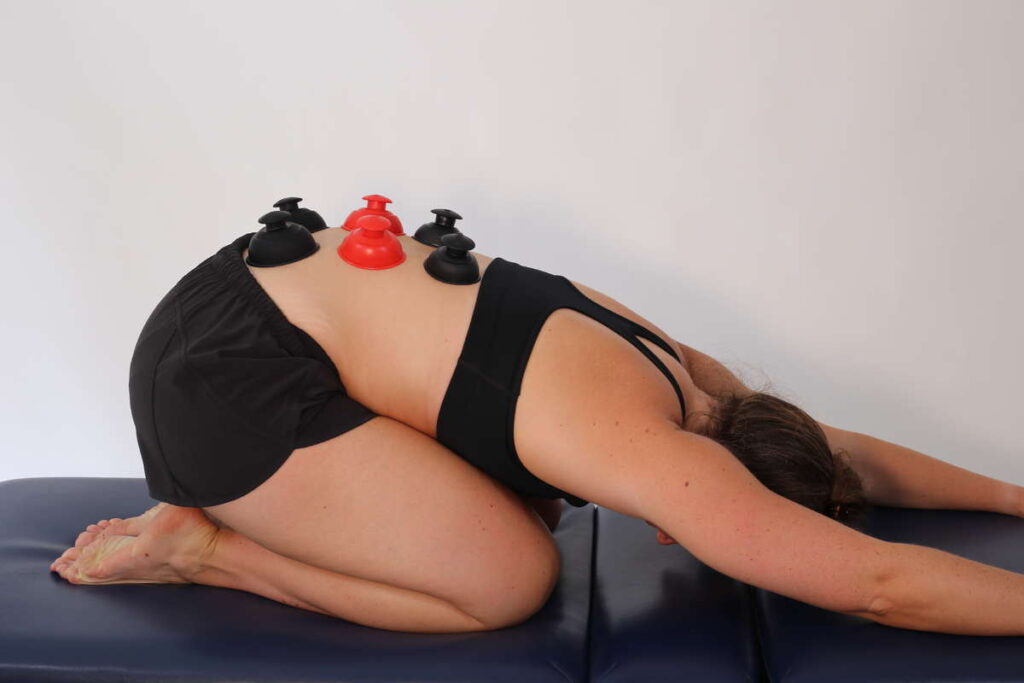 Chronic, or persistent, low back pain can be incredibly frustrating. Whether it’s due to an injury, overuse, or simply the result of daily life, this discomfort can have a significant impact on your ability to move in a ‘meaningful’ manner. While there are various treatments available, one unique approach is gaining recognition for its effectiveness – myofascial cupping. But what makes it stand out? Let’s dive deep into the science behind myofascial cupping as a neurosensory intervention, exploring how it can provide relief for your ailing back.
Chronic, or persistent, low back pain can be incredibly frustrating. Whether it’s due to an injury, overuse, or simply the result of daily life, this discomfort can have a significant impact on your ability to move in a ‘meaningful’ manner. While there are various treatments available, one unique approach is gaining recognition for its effectiveness – myofascial cupping. But what makes it stand out? Let’s dive deep into the science behind myofascial cupping as a neurosensory intervention, exploring how it can provide relief for your ailing back.
Understanding Myofascial Cupping

Myofascial cupping is a therapeutic technique that involves placing cups on the skin and creating a vacuum-like suction. This suction gently lifts the skin and fascia creating a mechanical and neurological effect. While it has traditionally been viewed as a manual therapy primarily, recent studies suggest that its benefits go beyond mere physical manipulation.
Neurosensory Intervention: The Key to Understanding Cupping’s Impact
The term “neurosensory intervention” might sound complex, but it’s essential to grasp the new science of how myofascial cupping works. In essence, this approach focuses on how our body’s nervous system responds to external stimuli, such as cupping therapy, leading to neural, vascular, and immune responses. Let’s explore the neurosensory benefits of myofascial cupping for low back pain:
Pain Modulation:
- Cupping therapy stimulates sensory nerves in the skin and fascia, providing feedback to the brain. This sensory input can help modulate pain perception. When the brain receives this new input, it may prioritize it over the pain signals, effectively reducing the perception of pain in the lower back (1). Studies have demonstrated that cupping therapy can augment blood volume and tissue oxygenation at the affected site. The hemoglobin-derived hemorphins engage opioid receptor signaling and induce the local analgesic (pain relieving) effect of cupping (1).
Improved Proprioception:
- Proprioception is our body’s sense of where it is in space. The better your brain can identify where a body part is in movement, the better one will move and feel. Myofascial cupping can enhance proprioception by providing novel sensory input. As the cups lift and manipulate the skin, fascia, and muscle tissues, your brain becomes more aware of the trunk’s position and movement. This improved proprioception can lead to better control, coordination, and pain perception of the lower back.
Enhanced Mobility:
- Restricted soft tissues (skin, fascia, nerves, tendons, ligaments, capsule) limit lower back mobility. Cupping therapy not only improve connective tissue dynamics but also encourages greater flexibility and movement. By stimulating mechanoreceptors and proprioceptive nerve endings, cupping can encourage the brain to allow for a more extensive range of motion and motor control in the low back.
Reduced Soft Tissue Tension:
- Cupping therapy’s ability to create space within the fascia can be especially beneficial for those experiencing muscle tension. When soft tissues are compressed and restricted, it can lead to pain and limited mobility. Myofascial cupping helps relieve this tension by encouraging soft tissues (fascia, muscles) to relax and return to their natural state.
Scientific Support for Myofascial Cupping
Recent research provides substantial evidence for the effectiveness of myofascial cupping as a neurosensory intervention.
-
- Pain Perception: Studies have shown that cupping therapy can reduce pain intensity by modulating the perception of pain through sensory input as well as optimized hemato-immune signaling. (2)(6)(8).
- Improved Proprioception: Researchers have demonstrated that cupping can enhance proprioception, leading to better joint position sense and motor control (4-5)
- Enhanced Mobility: Evidence suggests that myofascial cupping leads to increased low back range of motion by addressing both muscle tension and sensory feedback (4-5)
Final Thoughts
Myofascial cupping is not just a manual therapy for the low back; it’s a neurosensory intervention that can offer pain relief and improved mobility. By understanding how cupping affects our nervous system, we can appreciate its true potential. If you’re dealing with low back pain and mobility loss, consider exploring myofascial cupping as an alternative and effective solution, backed by scientific evidence. Remember that, while myofascial cupping has shown promise (1), it’s essential to consult with a healthcare professional (RockTape Provider List Here) experienced in this technique to ensure that it’s the right fit for your specific needs. Embrace the science behind myofascial cupping, and you might discover a pathway to a pain-free and more mobile spine.
Want to learn more about our Myofascial Cupping education? Check out www.fmtplus.com
References:
- Wang, Liaoyao & Cai, Ziling & Li, Xuanlin & Zhu, Aisong. (2023). Efficacy of cupping therapy on pain outcomes: an evidence-mapping study. Frontiers in Neurology.
- Chen, B, Guo, Y, Chen, ZL, and Shang, XK. Cupping: the common wealth of world traditional medicine. World J Acupunct Moxibust. (2016) 26:1–13
- Rozenfeld, E, and Kalichman, L. New is the well-forgotten old: the use of dry cupping in musculoskeletal medicine. J Bodyw Mov Ther. (2016) 20:173–8
- Emerich, M, Braeunig, M, Clement, HW, Lüdtke, R, and Huber, R. Mode of action of cupping–local metabolism and pain thresholds in neck pain patients and healthy subjects. Complement Ther Med. (2014) 22:148–58.
- Wood, S, Fryer, G, Tan, L, and Cleary, C. Dry cupping for musculoskeletal pain and range of motion: a systematic review and meta-analysis. J Bodyw Mov Ther. (2020) 24:503–18.
- Cramer, H, Klose, P, Teut, M, Rotter, G, Ortiz, M, Anheyer, D, et al. Cupping for patients with chronic pain: a systematic review and meta-analysis. J Pain. (2020) 21:943–56.
- Song C, Wang Q, Song N. Hemorphin-based analgesia: a mechanism of cupping technique? J Pain Res. (2023) 16:1751–4
- Moura CC, Chaves É, Cardoso A, Nogueira DA, Corrêa HP, Chianca T. Cupping therapy and chronic back pain: systematic review and meta-analysis. Rev Lat Am Enfermagem. (2018) 26:e3094
- Guo Y, Chen B, Wang DQ, Li MY, Lim CH, Guo Y, et al. Cupping regulates local immunomodulation to activate neural-endocrine-immune worknet. Complement Ther Clin Pract. (2017) 28:1–3
